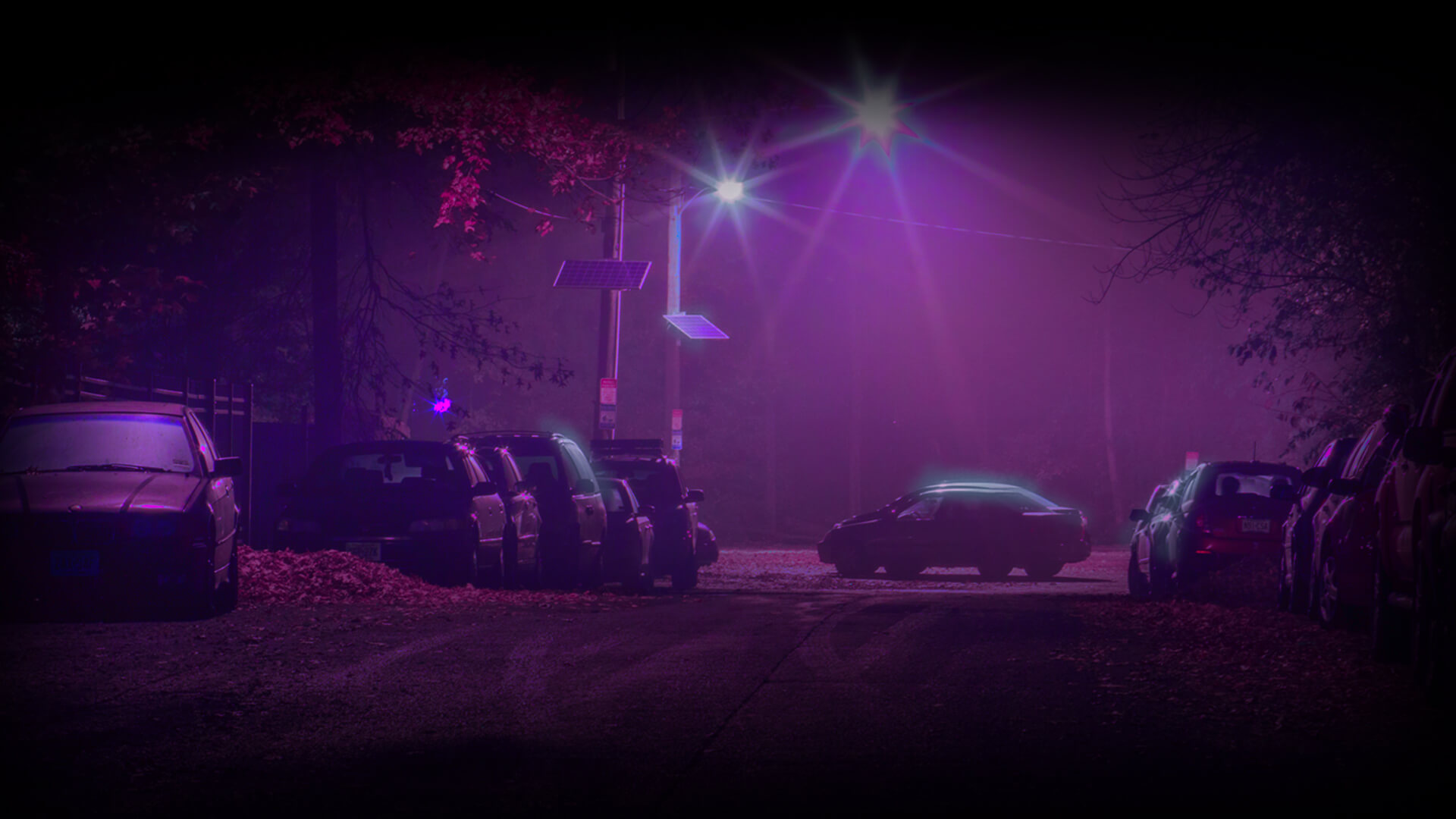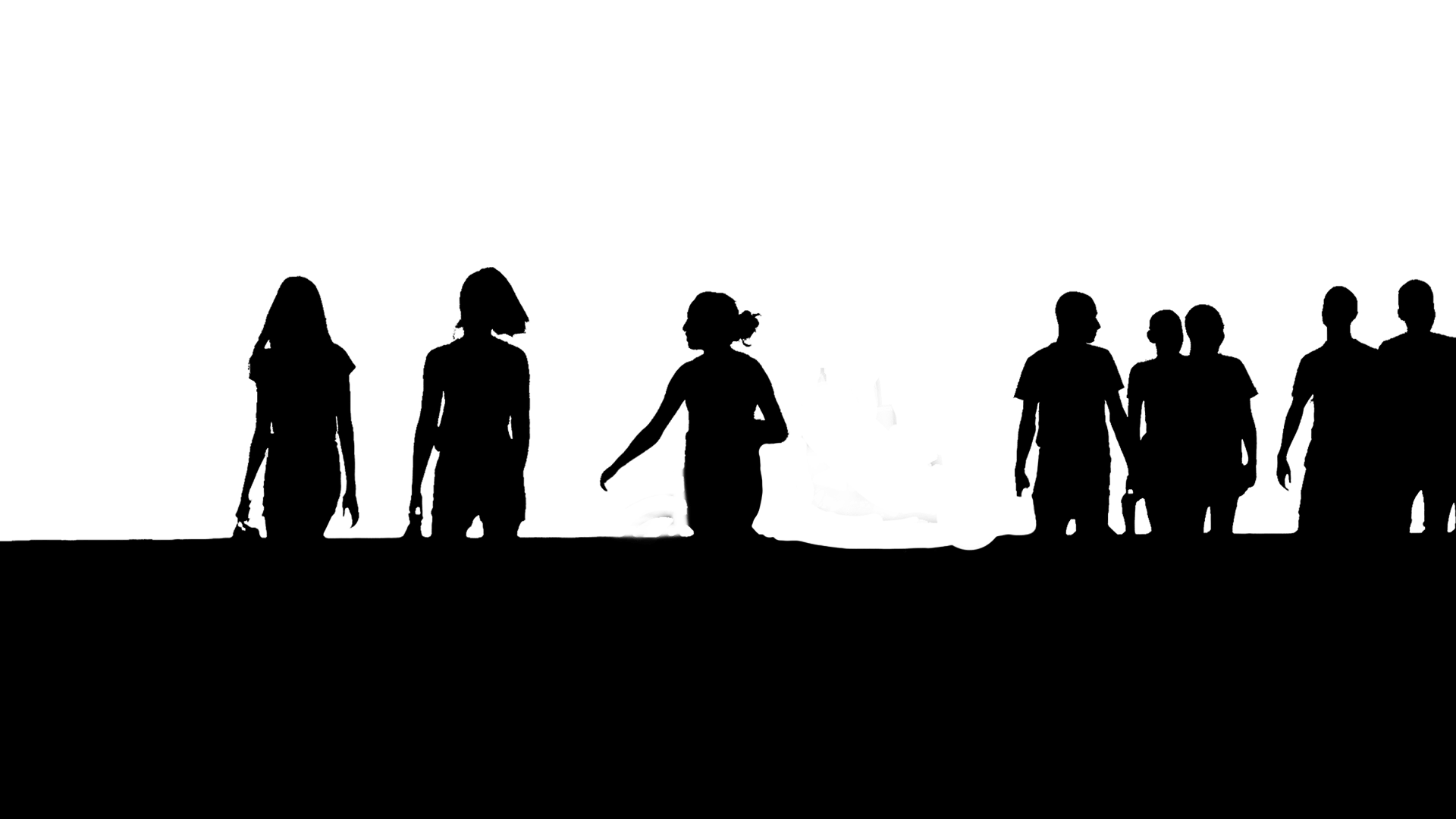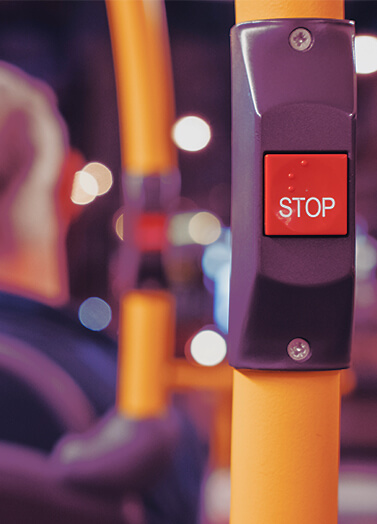You got caught up in the fun of the party and made some decisions you haven’t thought through. But, it’s not the end of the world!
As the designated driver you can still be responsible, you just have to pick the safest path ahead. You have a choice to make
What do you choose to do?
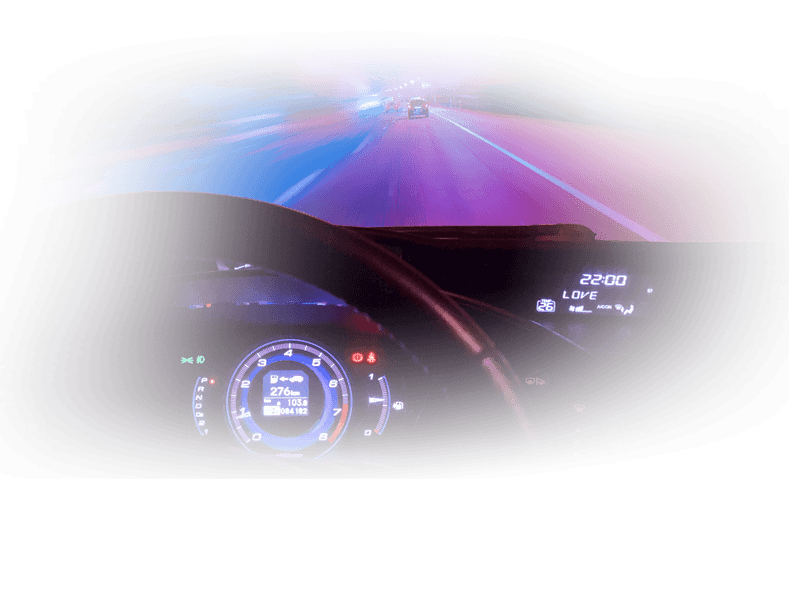
Canadian youth and young drivers are more likely to experience cannabis-related collisions.
Explore the risks before making your choice.
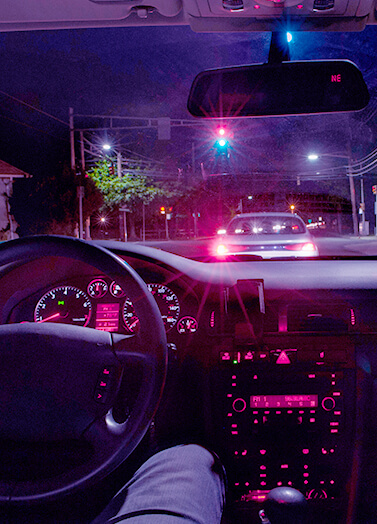
 Are you sure you want to drive home?
Are you sure you want to drive home?
Use public
transportation or
order a rideshare
Canadian youth and young drivers are more likely to experience cannabis-related collisions. Choosing not to drive is the only way to guarantee you will not cause a cannabis-related collision. Explore the risks to learn more.

 Ask if you and
Ask if you and
your friends
can stay the night
Canadian youth and young drivers are more likely to experience cannabis-related collisions. Choosing not to drive is the only way to guarantee you will not cause a cannabis-related collision. Explore the risks to learn more.

Driving high raises the risks.
Cannabis acts like a magnifying glass, amplifying factors already related to collision risk among youth. Driving after using cannabis is not harmless.
- Driver Age
When you're young, the parts of your brain that help you make safe decisions are still developing. This means that you may be more likely to engage in risky behaviours, like speeding and reckless passing. - Driving Experience
Youth aged 16 to 19 are at the greatest risk and have the highest rate of collisions among all age groups. As new drivers, it takes time to develop good driving skills and decision making abilities in various driving conditions. - Night Driving
Driving at night poses unique challenges to young drivers that can greatly increase the risk of collision. Risk factors include reduced visibility, lack of experience driving at night and fatigue. - Youth Passengers
Young passengers can distract drivers. Having one or more passengers in your car can increase the risk of a collision, especially if the passengers are your friends.
Road Trip Tip #3: Canadian youth and young drivers are more likely to experience cannabis-related collisions. When cannabis use collides with driving, it amplifies the risk of crashing. It’s safer if you don’t use cannabis.
Collision rates and risks
a month
Road Trip Tip #6: Cannabis collisions are a reality we can avoid. While we may not hear much about cannabis-related collisions on the news, they do occur. Cannabis collisions can result in serious injuries and fatalities. It’s safer if you don’t use cannabis.
Collision rates and risks
a month
Road Trip Tip #7: Damaging your vehicle is just half the story. Driving high can increase the risk of collision, especially if you've mixed cannabis with alcohol or other drugs. When cannabis and driving collide, the risks can be greater than you think. It's safer if you don't use cannabis.
Road Trip Tip #4: Police officers can tell if you're driving high. If you are pulled over for driving impaired, police officers can test your physical coordination, attention, saliva and blood or urine to determine if you are impaired and by which drug or drugs. Avoid the consequences. It's safer if you don't use cannabis.
Pulled Over
Arrest
- Licence Suspension
- Vehicle Impoundment
- Fines & Fees
Criminal Charge
Standard Field Sobriety Test (SFST)
A set of tests conducted at the roadside by a police officer to assess the driver for impairment. Officers will watch your eye movement, your ability to multi-task and perform coordinated movements, as well as observe for any behaviours that indicate impairment.
Oral Fluid Test
Police officers can perform roadside screening tests to check for cannabis and other drugs. To do the test, they collect a small sample of saliva from the driver’s mouth, using a swab or pad.
Drug Recognition Expert (DRE)
A Drug Recognition Expert is a police officer trained to detect and identify drivers under the influence of alcohol or other drugs. After a driver is screened for suspected impairment, a DRE may be called to conduct a 12-step examination to assess whether or not the driver is impaired and identify the category of drug likely responsible for the impairment.
Blood Sample
If an officer arrests a driver for suspected impairment, they can demand that the driver provide a blood or urine sample (blood is more common). The sample is tested for the presence of cannabis and other drugs.

